When it comes to flooring options, glazed tiles have been a popular choice for centuries. Their timeless beauty, versatility, and durability make them a fantastic addition to any home or commercial space. In this article, we will delve into the world of glazed tiles, exploring their history, manufacturing process, types, benefits, and maintenance tips. Whether you are considering glazed tiles for your next flooring or wall covering project, or are just curious about this ancient art form, this comprehensive guide has got you covered. Table of Contents: 1. A Brief History of Glazed Tiles 2. Types of Glazed Tiles a. Glazed Ceramic Tiles b. Glazed Porcelain Tiles c. Glazed Terracotta Tiles d. Glazed Glass Tiles 3. The Manufacturing Process of Glazed Tiles a. Preparation of Raw Materials b. Forming and Shaping c. Drying and Firing d. Glazing and Decorating e. Re-firing and Finishing 4. Benefits of Glazed Tiles a. Durability and Longevity b. Versatility in Design c. Resistance to Stains and Moisture d. Easy Maintenance and Cleaning e. Cost-Effectiveness

.
 5. Maintenance Tips for Glazed Tiles a. Regular Cleaning b. Stain Removal c. Proper Handling and Protection d. Grout Maintenance 6. Conclusion 1. A Brief History of Glazed Tiles: The history of glazed tiles can be traced back to ancient civilizations, where they were first used as decorative elements in temples, palaces, and churches. The ancient Egyptians, Persians, and Greeks were among the earliest civilizations to embrace this art form.
5. Maintenance Tips for Glazed Tiles a. Regular Cleaning b. Stain Removal c. Proper Handling and Protection d. Grout Maintenance 6. Conclusion 1. A Brief History of Glazed Tiles: The history of glazed tiles can be traced back to ancient civilizations, where they were first used as decorative elements in temples, palaces, and churches. The ancient Egyptians, Persians, and Greeks were among the earliest civilizations to embrace this art form.
..
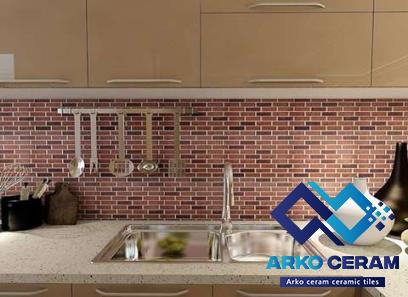 Glazed tiles reached their peak during the Islamic era, with stunning examples found in mosques and other religious structures. Over time, glazed tiles evolved and spread across different regions, showcasing distinct styles influenced by various cultures. 2. Types of Glazed Tiles: a. Glazed Ceramic Tiles: Ceramic tiles are made from natural clay mixed with various minerals, which are then shaped and fired at high temperatures. The glazing process involves adding a layer of glass-like material to the surface of the tile, giving it a glossy, water-resistant finish. Glazed ceramic tiles come in a wide range of colors, patterns, and sizes, making them an ideal choice for both traditional and contemporary design styles.
Glazed tiles reached their peak during the Islamic era, with stunning examples found in mosques and other religious structures. Over time, glazed tiles evolved and spread across different regions, showcasing distinct styles influenced by various cultures. 2. Types of Glazed Tiles: a. Glazed Ceramic Tiles: Ceramic tiles are made from natural clay mixed with various minerals, which are then shaped and fired at high temperatures. The glazing process involves adding a layer of glass-like material to the surface of the tile, giving it a glossy, water-resistant finish. Glazed ceramic tiles come in a wide range of colors, patterns, and sizes, making them an ideal choice for both traditional and contemporary design styles.
…
 b. Glazed Porcelain Tiles: Porcelain tiles are made from refined clay, quartz, and other materials, which are then fired at a higher temperature than ceramic tiles. This extra firing process makes porcelain tiles denser, more durable, and less porous. Glazed porcelain tiles offer the same benefits as glazed ceramic tiles, including a wide range of design options and excellent water-resistance. c. Glazed Terracotta Tiles: Terracotta tiles are unglazed, red clay tiles that have been used for centuries in Mediterranean and Latin American architecture. However, glazed terracotta tiles have gained popularity in recent years. Glazing these tiles gives them a protective layer, making them more resistant to stains and easy to clean while preserving the natural rustic charm of terracotta. d. Glazed Glass Tiles: Glass tiles have gained popularity in modern interior design due to their reflective properties and ability to add a touch of elegance to any space. These tiles are made by fusing together glass materials at high temperatures, resulting in a non-porous, smooth, and translucent finish. Glazed glass tiles can create stunning visual effects with their play of light and color.
b. Glazed Porcelain Tiles: Porcelain tiles are made from refined clay, quartz, and other materials, which are then fired at a higher temperature than ceramic tiles. This extra firing process makes porcelain tiles denser, more durable, and less porous. Glazed porcelain tiles offer the same benefits as glazed ceramic tiles, including a wide range of design options and excellent water-resistance. c. Glazed Terracotta Tiles: Terracotta tiles are unglazed, red clay tiles that have been used for centuries in Mediterranean and Latin American architecture. However, glazed terracotta tiles have gained popularity in recent years. Glazing these tiles gives them a protective layer, making them more resistant to stains and easy to clean while preserving the natural rustic charm of terracotta. d. Glazed Glass Tiles: Glass tiles have gained popularity in modern interior design due to their reflective properties and ability to add a touch of elegance to any space. These tiles are made by fusing together glass materials at high temperatures, resulting in a non-porous, smooth, and translucent finish. Glazed glass tiles can create stunning visual effects with their play of light and color.

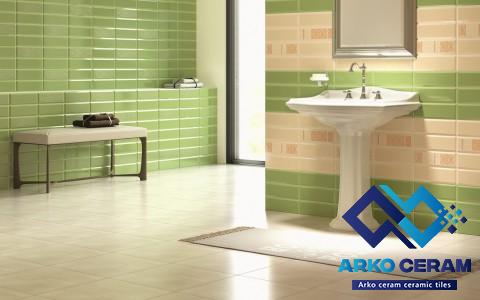
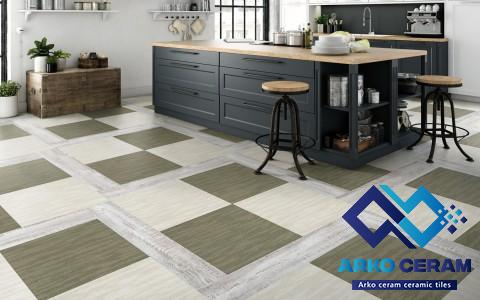
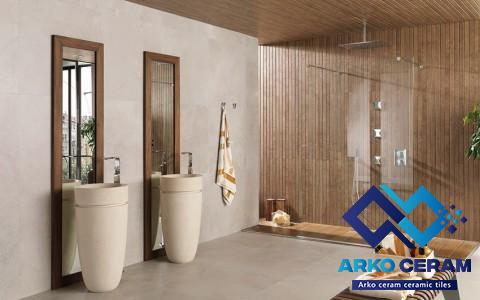




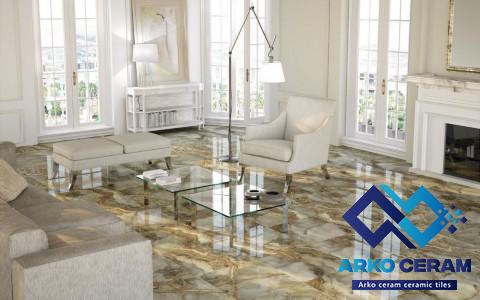
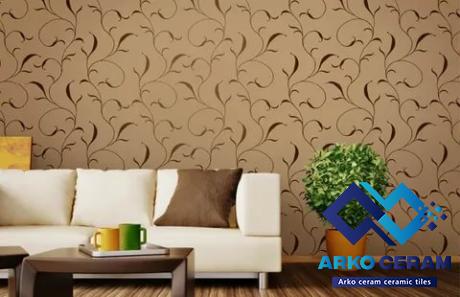
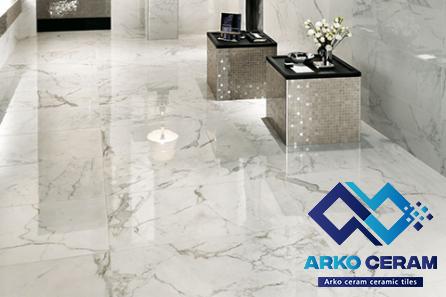
Your comment submitted.